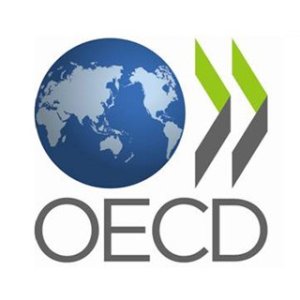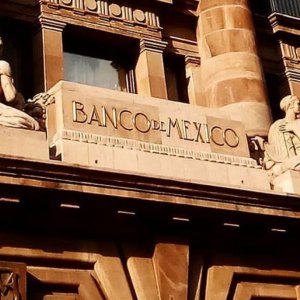Digital Coins, Another Fintech Perfect for Fighting Corruption

STORY INLINE POST
The cost of corruption in Mexico is up to 10 percent of its GDP. The percentage of nonperforming loans to total gross loans is lower in Mexico compared to Italy, Spain and France; however, lending interest rates can be up to six times higher in Mexico. Remittances represent about 3 percent of GDP but most are received in paper money.
The fight against organized crime seems more and more difficult. Social programs created to aid the population in need have seen their budgets heavily impacted by corrupt schemes like the "estafa maestra," a scandal in which SEDESOL (Department for Social Development) diverted hundreds of millions of dollars from several social programs through a network of public universities and phantom corporations.
All of these challenges could be tackled by the implementation of several fintech* technologies, giving back tens of points to the country's GDP for a real economic transformation (this might be the fifth).
The implementation of a digital coin is a must in the crime and corruption fight. For those who might think it is just a futuristic idea, China, the world's second-largest economy, is already implementing this. With a widespread implementation, full traceability could be achieved, heavily complicating schemes by criminals and corrupt officials.
Implementing a digital peso would allow Mexicans to have accounts directly with the central bank. The money to lend would come from the central bank, not from retail customers, switching the asymmetry of powers: Now, the banks will be accountable to the government (to the people). Money would flow to those with the best risk models, allowing many fintech companies to fully compete with traditional banks, as a license to intermediate will no longer be needed, and financial inclusion will be accelerated because fintechs, thanks to their investments in alternative credit scoring, are more eager to lend to the "riskier" population.
Many fintech companies find it challenging to offer lower rates because their cost of capital is higher. They can't receive deposits from the public and lend that money, nor are they able to access the lending rates offered by the government. Fintechs offer private lending at a cost that can go north of 20 percent and still, in many cases, they offer more competitive rates than banks that are financing their loan books at 2 percent (in the worst case).
In my last column, I explained why remittances are about to be revolutionized but the impact goes beyond creating unicorns and pushing incumbents to bankruptcy. Remittances in Mexico total US$43 billion that goes directly to the people. That means that intermediaries keep between US$2 billion to US$4 billion, which is the annual budget of the SRE (Department of International Affairs). Programs built with SEDESOL, like 3x1, allow the government to triple the money sent by the immigrant population in order to make infrastructure investments in small cities or towns. A group of several immigrants from the same town can send money to build a bridge that could facilitate trade in their town of origin. Federal, state and municipal governments put in the same amount to make the project happen.
Let's imagine that senders can choose to allocate a small percentage (let's say 1 percent) of their remittances just to strengthen the infrastructure of their hometowns, with remittances made through a Mexican digital peso, managed through smart contracts that could be reviewed by anyone. That would be US$17 billion in infrastructure a year — auditable and traceable to small towns. That's two Maya Trains!
Although the potential from implementing these fintech technologies is superb, the most important element to make this happen is the will of the Mexican government to adopt technology, to work hand by hand with the industry, instead of talking through fines and press releases. There are technocrats in the government pushing for these initiatives and the fintech industry needs to highlight their voices. There is now a unique window of opportunity with large institutional investors deploying vast amounts of money into the industry, local companies growing their user bases by the millions, large global players entering into the market, and talent inside the government and in the fintech sector. Mexico can take advantage of these and make the leap to a developed economy. Let's push for a place for this in this government's agenda.
*When I say fintech, I am referring to the full spectrum of technologies disrupting the financial industry, not the limited business models described by local Mexican regulators, in the so-called Fintech Law.
























